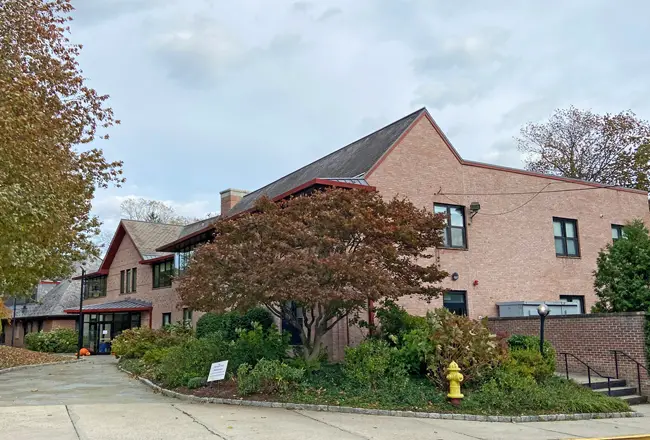The Connecticut Office of Health Strategy (OHS) has formally announced the start of operations of Connie, the state”™s new health information exchange, while Access Health CT (AHCT), the state”™s health insurance exchange, is promoting a new enrollment period for those looking to save more money on their policies.
 Connie provides the technology infrastructure to allow safe and trusted exchange of patient data to improve delivery and coordination of patient care across the spectrum of the state”™s health care providers.
Connie provides the technology infrastructure to allow safe and trusted exchange of patient data to improve delivery and coordination of patient care across the spectrum of the state”™s health care providers.
“Connecticut is now officially on the path that 45 other states have traveled, with a more effective health care data delivery model,” OHS Executive Director Vicki Veltri said. “Information that is accessible in real time is critical for good health care; Connie will help providers and patients access information to improve care and lower overall health care costs.”
The long-in-the-works system is supported by 44 participants, including major health systems, community health centers, behavioral health providers, physicians”™ groups, medical practices and the state”™s health and human services agencies.
The commencement of operations establishes the start date for the legislative mandate for the state”™s health care entities to connect with Connie. Hospitals and labs now have one year to begin connecting with Connie while all other health care providers have two years, meaning each of those organizations have the technical capability of sharing clinical data in a secure manner with authorized users.
Meanwhile, AHCT CEO James Michel announced details of his organization”™s special enrollment period, which began May 1 and runs through Aug. 15.
Michel said that, through the recently passed American Rescue Plan Act, the state is estimating the receipt of an additional $85 million annually to help reduce AHCT participants”™ monthly payments. The special enrollment period is aimed at underinsured and uninsured, as well as those looking for additional financial help, he said.
Based on annual income, household size and home address, those participants could now see “savings of hundreds of dollars on a monthly basis, maybe $1,000,” he said. The average saving per household will be $116 per month, he added.
Prior to passage of the American Rescue Plan, only residents whose household income was at or below 400% of the federal poverty level qualified for subsidies. Now, Michel said, residents above that threshold will also qualify. Annual contributions will be capped at 8.5% for those above 400% of the poverty level.
In addition, Michel said, a household under 138% of the poverty level was contributing up to 2.07% of its annual income to the coverage; going forward, it will be 0%. A household at 200% to 250% of the level now contributes between 6.52% and 8.33% of its annual income; that will now be 2% to 4%.
Robert Blundo, director of technical operations and analytics for AHCT, said that through May 3, 152 new enrollees had been served at its call center, while another 153 had updated their plans, for a total of about $39,000 in new monthly tax credits.
Andrea Ravitz, the organization”™s director, marketing and sales, said that AHCT would be contacting over 100,000 individuals through direct mail, email or text to promote the new enrollment period.
Additional information about the new AHCT process can be found here.





















